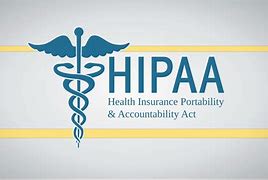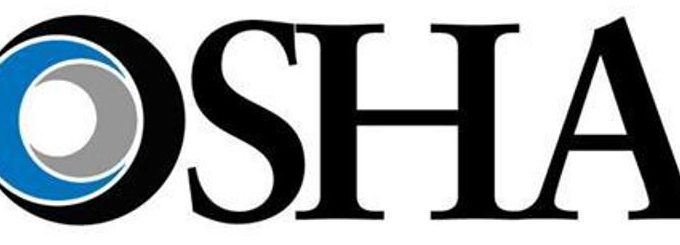As of July 1, 2024, California employers are required to have a customized written workplace…
OSHA Forms 300 & 300A – Dentistry Exempt from Maintaining/Posting
It is that time of year again, time for employers to post a copy of OSHA’s Form 300A Summary, which summarizes job-related injuries and illnesses logged during 2016. The summary must be displayed in a common area where notices to employees are usually posted each year between Feb. 1 and April 30.
Businesses with more than 10 employees in a non-exempt industry are required to complete the log and post it during the month of February. OSHA exempts dentistry, as a low-risk industry (NAISC Code – 6212), from maintaining the Form 300 Log and posting the Form 300A Summary.
Although OSHA exempts dentists from maintaining and reporting work-related injuries and illness on Forms 300 and 300A, they must report the following to OSHA:
- All work-related fatalities within 8 hours of finding out about them
- All work-related, in-patient admissions to the hospital within 24 hours of learning about them.
- All work-related amputations within 24 hours of learning about them.
- All work-related losses of an eye within 24 hours of finding out about them.
Employers can report fatalities/serious injuries to OSHA via telephone to the nearest OSHA Area Office or 24-hour hotline at 1-800-321-OSHA. Additionally, employers can report online using OSHA’s new online reporting form.
Keep in mind that dental offices are not exempt from recording injuries on a sharps injury log (California only) or from documenting incidents of exposures to bloodborne pathogens. Additionally, other injuries, including first aid, should be documented.
Visit OSHA’s Recordkeeping Rule webpage for more information on recordkeeping requirements.
Since 1992, OSHA Review, Inc. has provided dental professionals with comprehensive programs to support regulatory compliance and infection control. We are a registered continuing education provider in the state of California, specializing in Dental Practice Act, infection control, and OSHA training.



